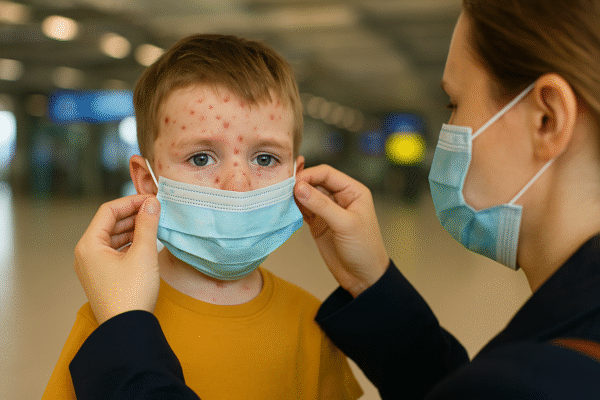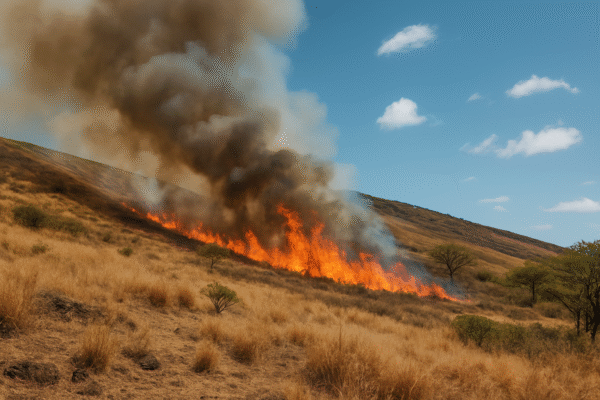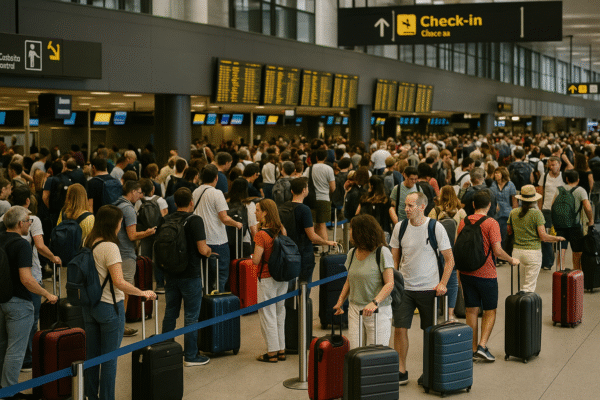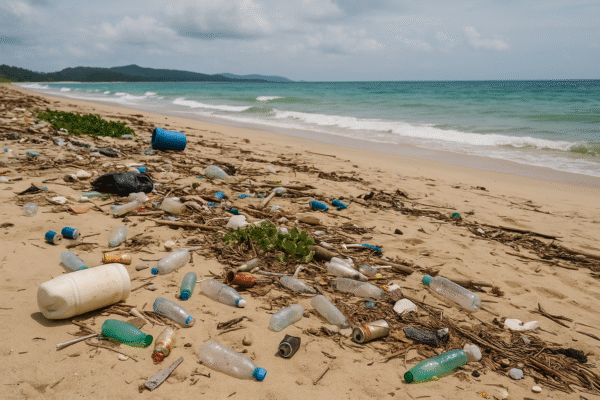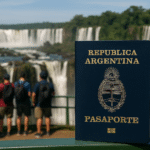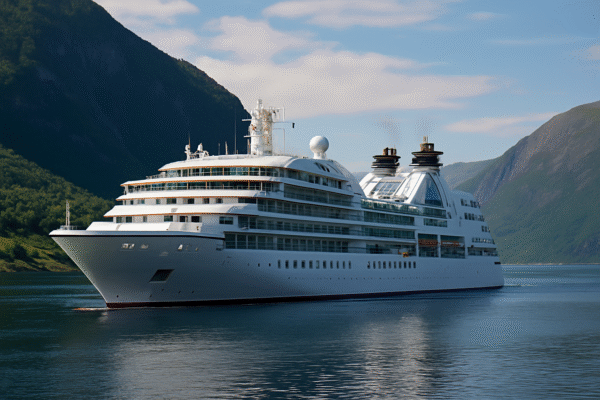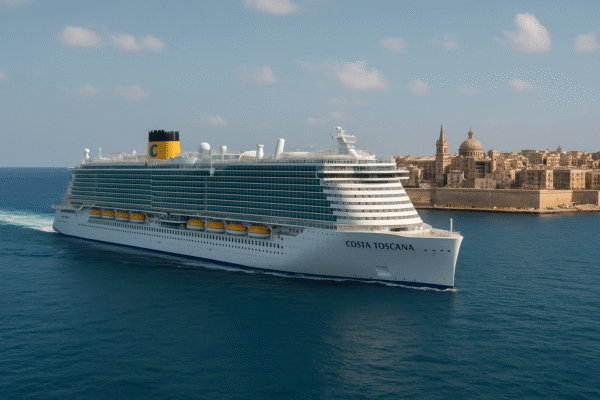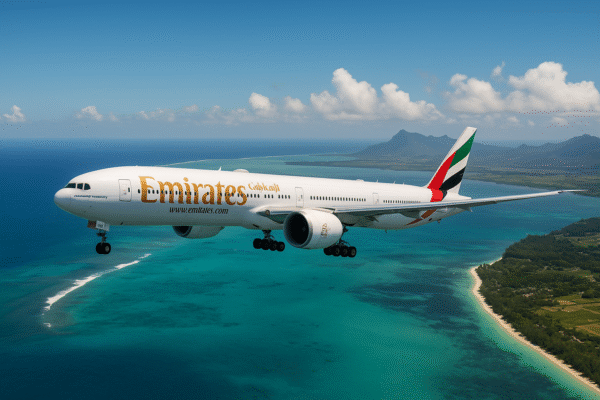As global beach tourism surges, popular coastal destinations are facing a worsening cleanliness crisis, and it’s becoming a pressing concern for travelers from the United States and Canada. From the shores of California and Florida to the turquoise lagoons of Thailand, Greece, Sri Lanka, and Australia, once-pristine beaches are struggling under the weight of pollution, overcrowding, and mismanaged waste systems.
According to recent tourism and environmental impact studies, key destinations such as Venice Beach (California), La Jolla Cove (San Diego), Bahia Honda State Park (Florida), and Padre Island National Seashore (Texas) are grappling with urban waste, marine debris, and inadequate cleaning infrastructure. Similarly, international favorites like Freedom Beach in Thailand, Balos Lagoon in Greece, and Bentota Beach in Sri Lanka face mounting challenges due to plastic pollution and mass tourism.
U.S. Beaches: Natural Icons Facing Urban Pressure
Venice Beach, known for its artsy boardwalk and vibrant crowds, has seen its cleanliness score fall to 60.6%. Overflowing bins, single-use plastic litter, and human activity have outpaced the city’s waste collection capabilities. In La Jolla Cove, the issue is not just land-based litter but also marine pollution, exacerbated by nearby urban runoff and insufficient environmental controls. These issues reflect the broader problem: tourism growth without proportionate infrastructure upgrades.
Padre Island National Seashore, managed by the U.S. National Park Service, contends with remote access challenges. Debris from the Gulf of Mexico and marine oil pollution threaten wildlife habitats, while Bahia Honda State Park, a jewel of the Florida Keys, lacks the maintenance frequency needed to deal with its remote location and high visitor numbers.
Sombrero Beach, another Florida favorite, has a cleanliness score of 49.3%, suffering from limited garbage disposal services and increasing marine waste.
Southeast Asia’s Paradise Beaches Under Siege
Freedom Beach in Phuket, Thailand, known for its secluded tranquility, has a troubling dirtiness score of 52.1%. The lack of direct road access makes waste collection difficult, and tourists often leave behind trash. Seasonal storms worsen the issue by depositing more marine debris onshore.
In Sri Lanka, Bentota Beach on the southwest coast has become a plastic hotspot. Once a tranquil resort destination, it now struggles with pollution from both tourism and local communities. Plastic bottles, packaging, and food waste dominate the sands during peak holiday periods.
Greece and the Mediterranean: Victims of Their Own Popularity
Balos Lagoon, located in Crete, has suffered significantly from overcrowding and poor waste management, despite being designated a protected natural area. Its cleanliness score sits at 47.3%. As thousands of tourists arrive each day via ferries and private boats, the ecosystem’s delicate balance is disrupted, and facilities are overwhelmed.
Australia and the South Pacific: Remote Yet Polluted
Four Mile Beach in Port Douglas, Australia, scores 45.9% in cleanliness assessments. Despite its relatively low foot traffic, its remote geography makes it harder to clean regularly. Marine litter, plastic waste, and storm runoff contribute to pollution levels similar to busier global beaches.
Playa Varadero, Cuba: Caribbean Paradise or Polluted Playground?
Playa Varadero, a Cuban hotspot for Canadian tourists, ranks among the dirtiest beaches with a score of 45.1%. Despite all-inclusive resorts lining its coast, local waste management has failed to keep up with mass tourism. Beaches are littered with everything from hotel waste to discarded flip-flops, damaging the area’s appeal and marine life.
Why This Matters for U.S. and Canadian Tourists
Travelers from North America are among the biggest contributors to beach tourism worldwide. However, this growing demand has a darker side. Each traveler brings with them a potential environmental footprint—from plastic water bottles and food wrappers to sunscreen chemicals that harm coral reefs.
According to the U.S. Environmental Protection Agency (EPA) and Canada’s Environment and Climate Change Department, plastic marine debris is one of the most pervasive forms of pollution threatening biodiversity and tourism economies alike. Not only does it tarnish scenic landscapes, but it also damages local fishing industries and deters repeat visits.
How Travelers Can Help
Tourism doesn’t have to come at the cost of environmental degradation. US and Canadian tourists can reduce their impact by:
- Carrying reusable items like bottles, cutlery, and bags.
- Disposing of trash properly, even if bins are not nearby.
- Avoiding single-use plastics during beach outings.
- Supporting eco-certified hotels and tour operators.
- Participating in local beach clean-up efforts.
Websites like Ocean Conservancy, Clean Beaches Coalition, and Travel Without Plastic offer useful traveler toolkits to promote sustainable tourism habits.
Governments and Tourism Boards Taking Action
Efforts are underway in many regions to combat the cleanliness crisis. The Tourism Authority of Thailand (TAT) has launched “Reduce Plastic Use” campaigns targeting both tourists and businesses. In Greece, local authorities are exploring visitor caps in protected areas like Balos. Meanwhile, Australia’s Queensland government is investing in new marine debris removal programs, and the U.S. National Park Service continues to increase funding for ranger-led cleanups on beaches like Padre Island.
Conclusion: Reimagining the Perfect Beach Getaway
For tourists from the U.S. and Canada planning their next coastal escape, the message is clear: don’t just look for postcard-perfect views. The sustainability of your chosen beach depends on how you travel. Pristine beauty can no longer be taken for granted. By choosing eco-conscious destinations and adopting responsible behavior, travelers can play a role in preserving the world’s most beloved beaches.
As Mauricio Preuss, CEO of Cloudwards, put it, “Sometimes the best paradise is the one that isn’t trending on TikTok.” Instead of chasing viral hotspots, explore lesser-known beaches that are cleaner, quieter, and more sustainable.
By staying informed and making thoughtful travel choices, tourists can help reverse the damage—before paradise is lost.
For more travel news like this, keep reading Global Travel Wire




